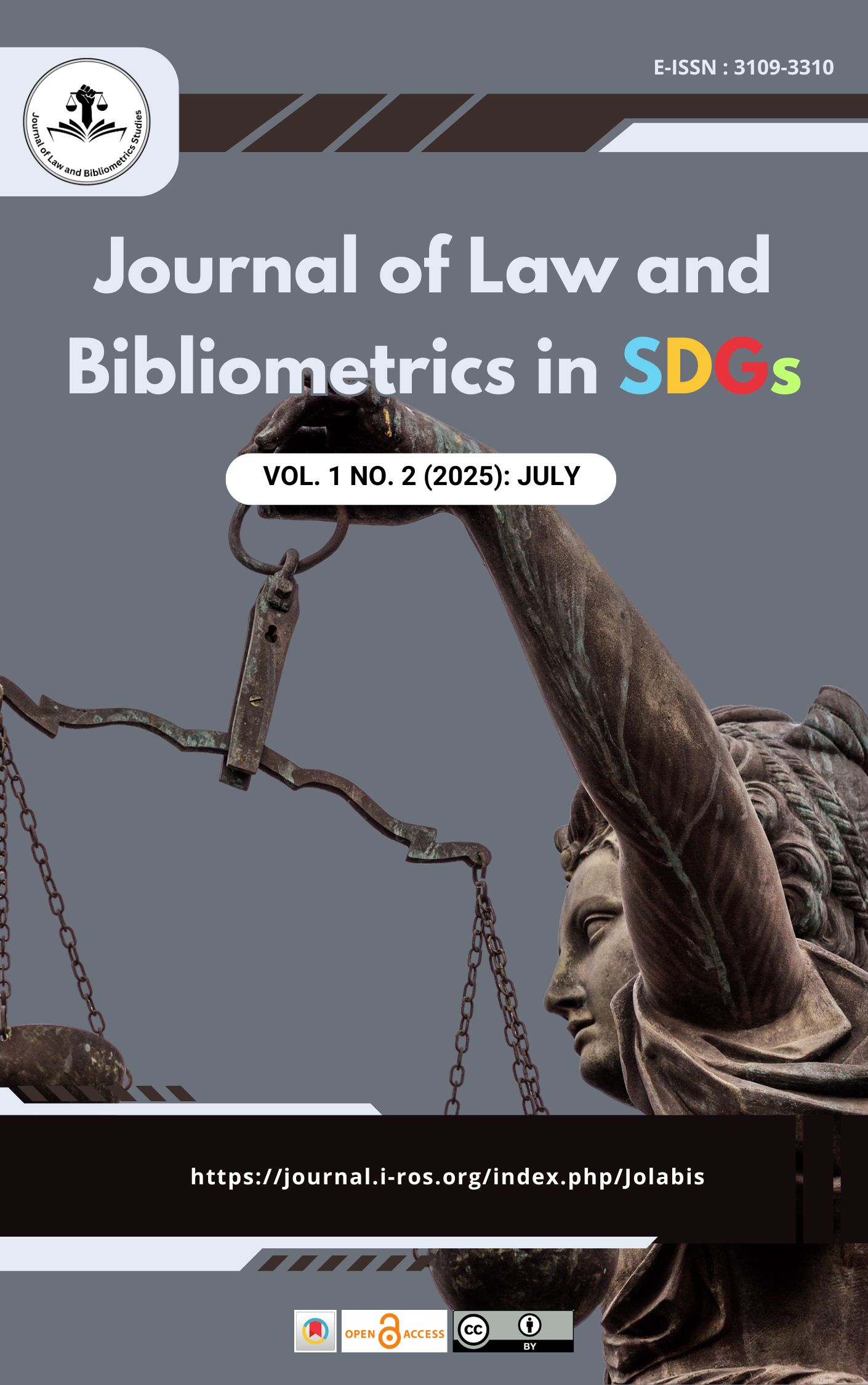Bibliometric Study: Trends of Development Digital Media to Improve 21st Century Students' Skills in Physics Learning
DOI:
https://doi.org/10.63230/jolabis.1.2.89Keywords:
Bibliometeric, Development, Digital Media, 21st Century Skills, Physics LearningAbstract
Objective: This bibliometric study aims to analyze trends in the development of digital media to enhance 21st-century skills among students in physics learning. It seeks to map research patterns, identify key contributions, collaborations, and emerging themes, while highlighting gaps in the application of interactive digital tools like animations, virtual reality (VR), and augmented reality (AR) to foster critical thinking, creativity, collaboration, and communication in physics education. Method: This study used method with a bibliometric literature review was conducted using data from the Scopus database and analyzed using VOSviewer and Microsoft Excel. Results: The study's results, which show a significant increase in publication trends post-2020, peaked at 47-79 articles annually, driven by COVID-19-induced shifts to online learning. Key co-occurrence networks revealed dominant keywords like "digital media," "critical thinking," "visualization," "teaching," "students," "collaborative learning," "e-learning," "three-dimensional," and "technology," clustered into interconnected themes. Novelty: This study provides the first comprehensive bibliometric mapping of digital media trends specifically tailored to physics education in enhancing 21st-century skills. It offers actionable recommendations for integrating interactive visualizations in physics curricula, bridging gaps in Indonesian education amid technological advancements.
Downloads
Published
Issue
Section
License
Copyright (c) 2025 Mohamad Wahdiansyah Arrahmat, Mita Anggaryani, Oka Saputra, Noval Maleakhi Hulu (Author)

This work is licensed under a Creative Commons Attribution-NonCommercial-ShareAlike 4.0 International License.










